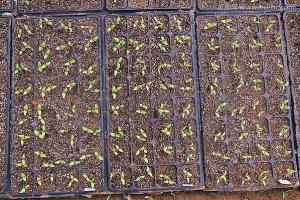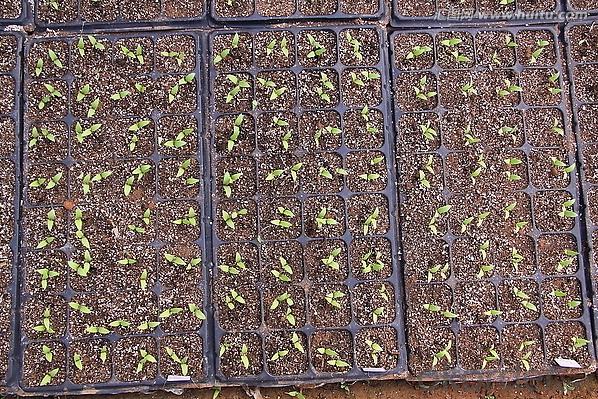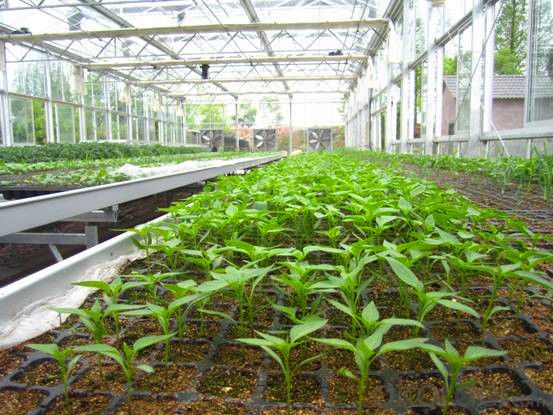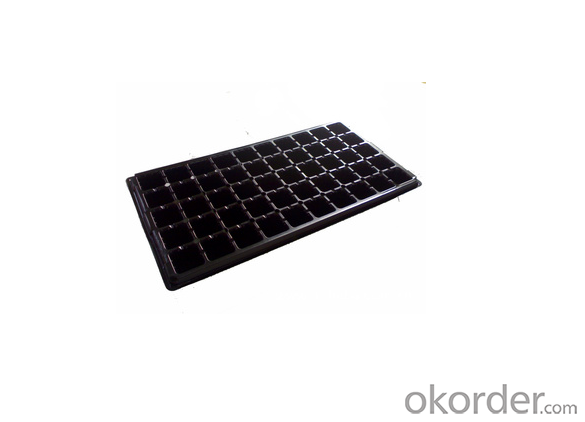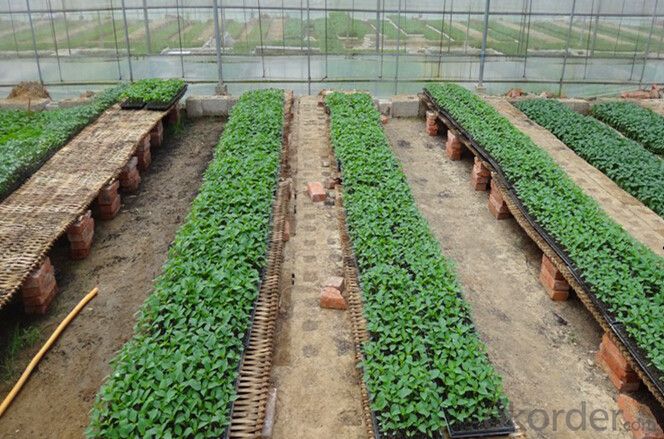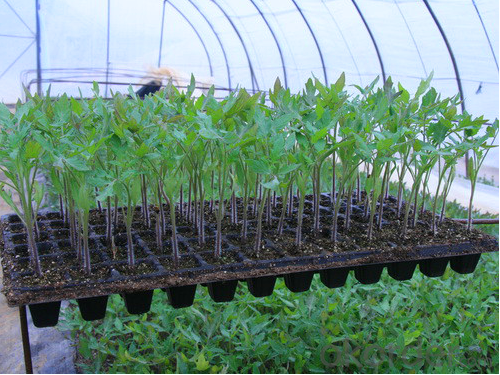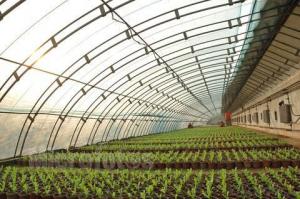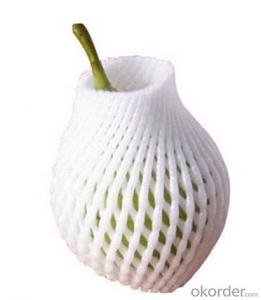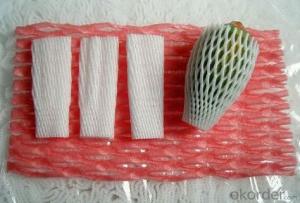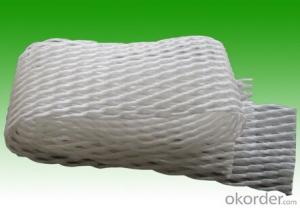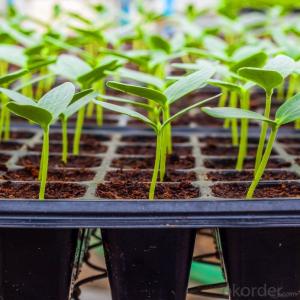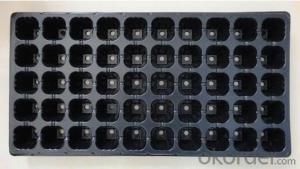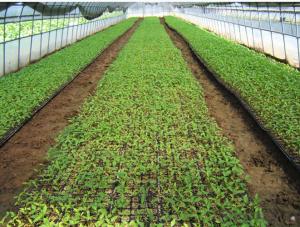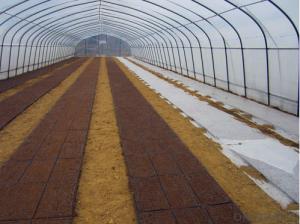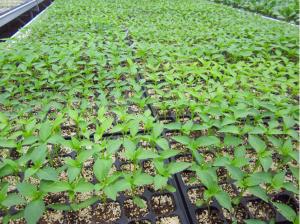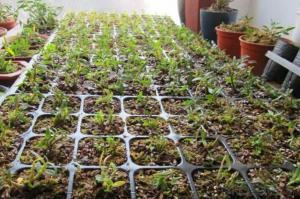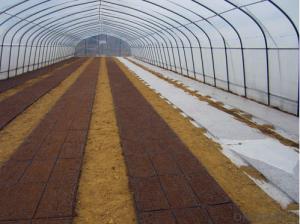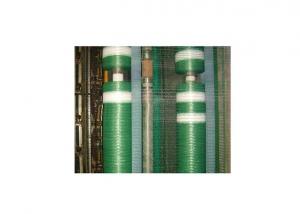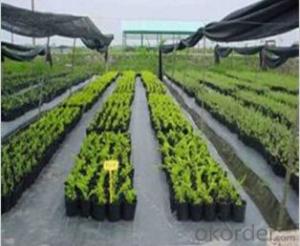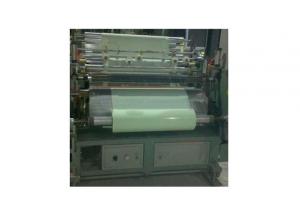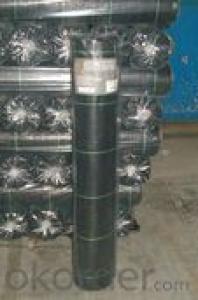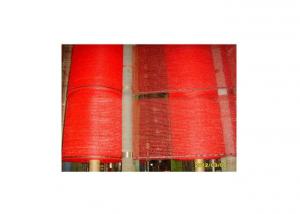Plastic Seed Plug Tray with /50/72/98/104/105/128/200/242/288/406/512 Cell
- Loading Port:
- China main port
- Payment Terms:
- TT OR LC
- Min Order Qty:
- 3000 pc
- Supply Capability:
- 2000000 pc/month
OKorder Service Pledge
OKorder Financial Service
You Might Also Like
Specification of Plug Trays HIPS Made Plastic Plug Tray for Greenhouse (Growing and Seedling):
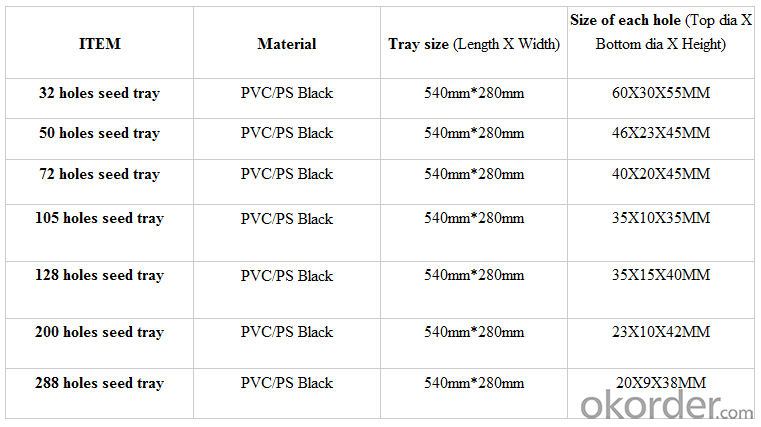
Features of Plug Trays HIPS Made Plastic Plug Tray for Greenhouse (Growing and Seedling):
· Material: HIPS
· Thickness: 0.5mm-1.5mm, Standard:1mm
· Weight: 80g(±5)g-230g(±5)g, Standard weight:155g(±5)g
· Size: length:490mm-540mm, width:190mm-345mm,depth:25mm-150mm
· Standard:540mmX280mm
· Cell count: 18-512
· Package: In Carton
· Warrenty: 8-10 times
Packaging & Delivery
Packing Detail: export standard carton or large bags
Delivery time: 4 million per momth after receipt of deposit
Advantage:
Waterproof, UV-resistant, extrusion-resistant
Easy carry for young seeding plant and grow
Service:
1. Quick, efficient and professional response within 24 hours, 14 hours online services
2. 10 years manufacturing and exporting experience in agriculture field.
3. Technical support and solution by chief engineer.
4. Strict quality control system & team, high reputation in the market.
5. Full range of irrigation products for choice
6. OEM/ODM services
7. Accept sample order before Mass Order
Picture of Plug Trays HIPS Made Plastic Plug Tray for Greenhouse (Growing and Seedling):
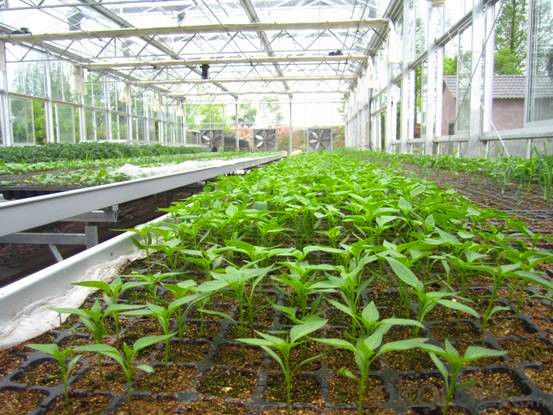
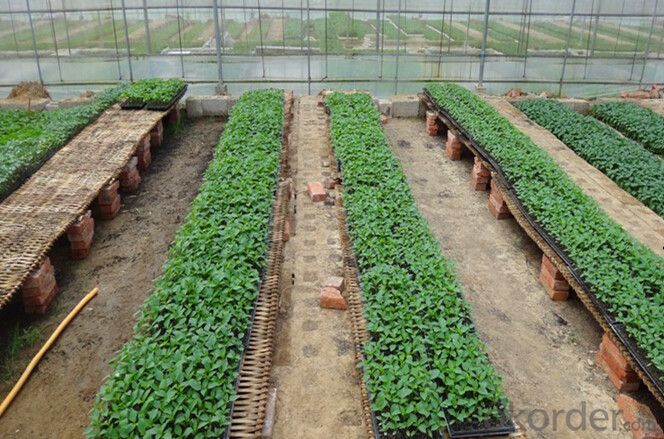
FAQ of Plug Trays HIPS Made Plastic Plug Tray for Greenhouse (Growing and Seedling):
Q: 1.How long is the production time?
A: Usually one to two weeks.
Q: 2.How is the seed tray being packaged?
A: They can be packaged in carton or pallets. Carton size is 1375px*725px*1250px.
Q:3.How many times can the seed tray be used?
A: Under the same environment, it is decided by the thickness. Usually 0.6mm thickness can be used for 1 or 2 times.
1.0 thickness can be used for 3-4 times. 1.5 thickness can be used for 8-10 times.
- Q: Can agricultural plastic products be used in aquaculture?
- Yes, agricultural plastic products can be used in aquaculture. These products, such as plastic mulch films and grow bags, can be repurposed for various applications in aquaculture systems. For example, plastic mulch films can be used as liners for fish tanks or ponds, providing a barrier between the water and the soil. Additionally, grow bags made from agricultural plastic can be utilized for cultivating aquatic plants or containing fish feed. Overall, by repurposing agricultural plastic products, aquaculture operations can benefit from cost-effective and versatile solutions.
- Q: Are nursery trays suitable for starting succulent seeds?
- No, nursery trays are typically not suitable for starting succulent seeds. Succulents have different germination requirements, such as a well-draining soil mix and controlled moisture levels. Nursery trays may not provide the necessary conditions for succulent seed germination and growth. It is recommended to use specialized succulent seed-starting trays or shallow containers with suitable soil mix to ensure successful germination and healthy seedlings.
- Q: What are some ground cover options for a Mediterranean courtyard?
- Some ground cover options for a Mediterranean courtyard may include creeping thyme, rosemary, lavender, sedum, and creeping juniper. These plants are well-suited for the Mediterranean climate, as they can tolerate hot and dry conditions while providing beautiful foliage and aroma.
- Q: How are plastic bird nettings used in agriculture?
- Plastic bird nettings are commonly used in agriculture to protect crops and fruits from bird damage. These nettings are installed over the plants or trees, creating a physical barrier that prevents birds from accessing and feeding on the produce. The nettings are lightweight, durable, and have small enough mesh sizes to prevent birds from getting entangled. They are an effective and environmentally-friendly solution to reduce crop loss caused by birds, allowing farmers to maximize their yields.
- Q: How do you control ground cover from spreading into lawn areas?
- One way to control ground cover from spreading into lawn areas is by creating physical barriers such as installing edging or borders between the ground cover and the lawn. Regularly maintaining and trimming the edges of the ground cover can also help prevent it from encroaching onto the lawn. Additionally, applying a selective herbicide specifically designed to target the ground cover without harming the lawn can be an effective control method.
- Q: What are the different types of ground cover plants?
- There are several types of ground cover plants, including low-growing shrubs, creeping perennials, grasses, and mosses. Some popular examples include creeping thyme, ajuga, sedum, vinca, and mondo grass. These plants serve the purpose of filling in empty spaces, controlling erosion, and adding aesthetic appeal to gardens and landscapes.
- Q: Do nursery trays come with dividers to prevent cross-contamination of plant species?
- Yes, nursery trays often come with dividers to prevent cross-contamination of plant species. These dividers help maintain the integrity of each individual plant and prevent any potential mixing of seeds, soil, or water between different species.
- Q: Common plastics for bioplastics
- Large computer to TV frame, frame, small ornaments, small kitchen garbage bags, bio plastic figure can be found everywhere. Chemical plastic products bring a variety of convenience to mankind, but also bring people unimaginable trouble. Because some waste plastics will not degrade under natural conditions, combustion will release harmful gases, which will cause pollution to the ecological environment. Therefore, scientists in various countries have begun to develop self destruction or self degradable plastics to solve this problem. Some call it green plastic. Companies in many countries have launched their own bio destruct plastics. The United States Micigen University biologist first proposed the idea of planting plastic. They use potatoes and corn as raw materials to implant genetic genes for plastics so that they can grow under artificial control without harmful components. The American imperial chemical forest corporation uses bacteria to make biodegradable plastics from sugar and organic acids. The process is similar to the fermentation process for producing ethanol. The difference is that the bacteria used are Alcaligenes spp., which convert the feeding substance into a plastic, called PHBV. Bacteria accumulate this plastic as a store of energy, just as humans and animals store fat. When the bacteria stored PHBV reach 80% of their weight, they break through the steam and collect the plastic. PHBV has the same properties as polypropylene, which is stable even after being wasted, but in the case of microorganisms, it is degraded to carbon dioxide and water.
- Q: How does agricultural plastic affect pest and disease control?
- Agricultural plastic can have both positive and negative effects on pest and disease control. On one hand, plastic mulch and covers can create a physical barrier that prevents pests from accessing the crops, reducing their damage and the need for pesticide use. Plastic can also help maintain a more stable microclimate, preventing the spread of diseases that thrive in humid or wet conditions. However, improper disposal or management of plastic waste can lead to the creation of breeding grounds for pests, as well as the spread of diseases. Therefore, it is crucial to carefully handle and dispose of agricultural plastic to minimize any negative impacts on pest and disease control.
- Q: Can agricultural plastic products be used for poultry shelters?
- Yes, agricultural plastic products can indeed be used for poultry shelters. These plastic products, such as polyethylene film or greenhouse plastic, can provide excellent protection against the elements, offer insulation, and create a safe and comfortable environment for poultry. Additionally, they are cost-effective, durable, and easy to install, making them a popular choice for poultry farmers.
Send your message to us
Plastic Seed Plug Tray with /50/72/98/104/105/128/200/242/288/406/512 Cell
- Loading Port:
- China main port
- Payment Terms:
- TT OR LC
- Min Order Qty:
- 3000 pc
- Supply Capability:
- 2000000 pc/month
OKorder Service Pledge
OKorder Financial Service
Similar products
Hot products
Hot Searches
Related keywords
